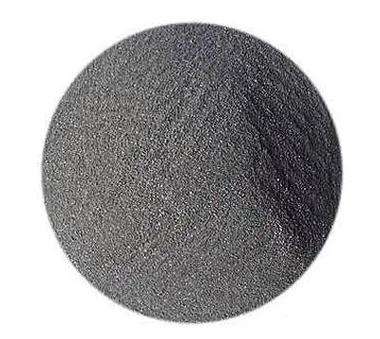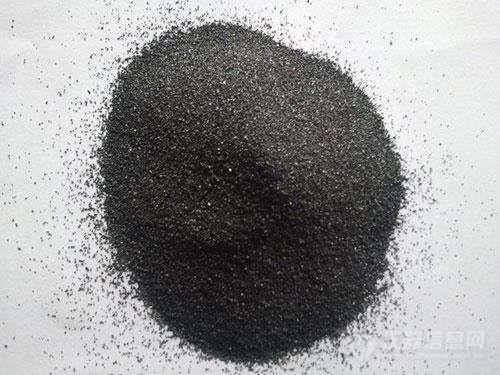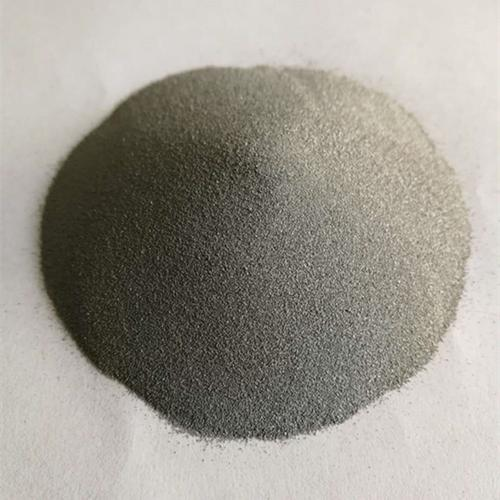**Title:** Banishing Powder Coating: Your Metal Rescue Guide
(How Do You Remove Powder Coating From Metal)
**1. What Powder Coating Removal Really Means**
Powder coating removal means stripping away that tough, baked-on plastic finish from metal surfaces. Think of it like peeling off superglue that’s been baked solid. It sticks incredibly well. That’s why it’s popular. But when it chips, fades, or you need a new look, it has to go. The goal is simple: get back to bare metal without hurting the piece underneath. Different methods attack the coating differently. Some melt it. Some blast it. Others dissolve it chemically. Knowing what you’re dealing with is step one. It’s not paint. It’s thicker, tougher, and more stubborn.
**2. Why You Might Need to Strip Powder Coating**
Why bother removing powder coating? Several reasons make it necessary. First, recoating. New powder won’t stick properly over old, damaged layers. Second, repairs. Fixing dents or scratches requires bare metal. Third, mistakes happen. Maybe the color was wrong or the finish is uneven. Fourth, restoring old items. Vintage car parts or furniture often need a fresh start. Fifth, recycling metal. Clean metal fetches a better price. Leaving old powder coating causes problems. New coatings peel. Repairs fail. Rust hides underneath. Stripping it ensures a clean slate for whatever comes next.
**3. How to Remove Powder Coating: Step-by-Step Tactics**
Removing powder coating demands the right tools and care. Here are common methods:
* **Chemical Strippers:** Use a potent, methylene chloride-based gel. Apply thickly. Wait. The gel softens the coating. Scrape it off with a putty knife. Works well for complex shapes. Very messy. Needs excellent ventilation. Gloves and goggles are non-negotiable.
* **Heat Guns:** Direct high heat onto the coating. It bubbles and softens. Scrape immediately. Good for small areas or spot repairs. Slow for large jobs. Risk of warping thin metal. Fire hazard exists.
* **Abrasive Blasting (Sandblasting):** Force tiny abrasive particles (like sand, walnut shells, soda, or plastic media) at high speed. It literally blasts the coating off. Fast and effective for large, sturdy items. Needs specialized equipment. Can etch or warp softer metals if done wrong. Creates huge dust clouds – use a respirator and containment.
* **Thermal Ovens:** Industrial ovens bake the metal super hot. The coating burns off as ash. Only for items that can handle extreme heat without damage. Requires professional gear.
* **Mechanical Grinding:** Use angle grinders with stripping discs or wire wheels. Physical force removes the coating. Aggressive. Risk of gouging the metal or creating deep scratches. Wear heavy-duty protection.
Choose based on your project size, metal type, and available tools. Always prioritize safety.
**4. Powder Coating Removal Applications: Where It Shines**
Stripping powder coating isn’t just for factories. Many situations call for it:
* **Auto & Motorcycle Restoration:** Frames, wheels, engine parts, and trim often need recoating. Perfect stripping is vital for durability and looks.
* **Industrial Equipment:** Machinery parts, conveyor components, and tools wear out their coatings. Removal allows for refurbishment and reuse.
* **Furniture & Home Goods:** Metal chairs, tables, railings, and light fixtures get faded or damaged. Stripping lets you restore or redesign them.
* **Architectural Metalwork:** Gates, fences, and structural beams exposed to weather need periodic recoating. Removal is the first step.
* **DIY Projects & Art:** Hobbyists and artists salvage metal items. Removing old powder coating unlocks creative potential for sculptures, garden art, or custom furniture.
Anywhere durable metal needs a second life, powder coating removal is key.
**5. Powder Coating Removal FAQs**
**Q1: Will removing powder coating damage the metal?**
It can if you aren’t careful. Chemical strippers might etch aluminum. Sandblasting too aggressively can warp thin steel or leave deep scars. Heat guns can discolor metal. Always test your method on a hidden spot first. Match the method to the metal’s strength and thickness.
**Q2: What’s the easiest way to remove powder coating at home?**
For small DIY jobs, chemical strippers are often the most accessible. They require minimal special equipment. Follow the instructions closely. Ensure strong ventilation. Wear serious protective gear – gloves, goggles, respirator. Be prepared for a messy job.
**Q3: Is sandblasting the best method?**
Sandblasting is highly effective, especially for large or heavily coated items. It’s fast and gets down to clean metal. But “best” depends. It requires expensive equipment or hiring a pro. It creates massive dust. Softer metals or intricate pieces might need gentler media like soda or plastic beads.
**Q4: Can I reuse the powder coating after stripping?**
No. Once removed, the coating is destroyed. It comes off as sludge, ash, or dust. The process is about prepping the metal for a completely new application.
**Q5: How do I dispose of stripped powder coating waste?**
This is crucial. Chemical sludge is hazardous waste. Never pour it down drains or toss it in regular trash. Abrasive blasting media mixed with coating dust is also contaminated. Contact your local hazardous waste disposal facility. Follow their rules exactly. Improper disposal harms the environment and can bring fines.
**Q6: Do I need to treat the metal after stripping?**
Yes. Once bare, the metal is vulnerable. Clean it thoroughly to remove any stripper residue or blasting media. Degrease it. Dry it immediately. Apply a primer or new powder coating as soon as possible to prevent surface rust from forming. Bare metal starts oxidizing quickly.
**Q7: Can I paint over powder coating without removing it?**
(How Do You Remove Powder Coating From Metal)
Not recommended. Paint rarely bonds well to the slick, hard surface of intact powder coating. It will likely peel or chip off quickly. For a lasting finish, proper removal is the only reliable path.
Inquiry us
if you want to want to know more, please feel free to contact us. (nanotrun@yahoo.com)


